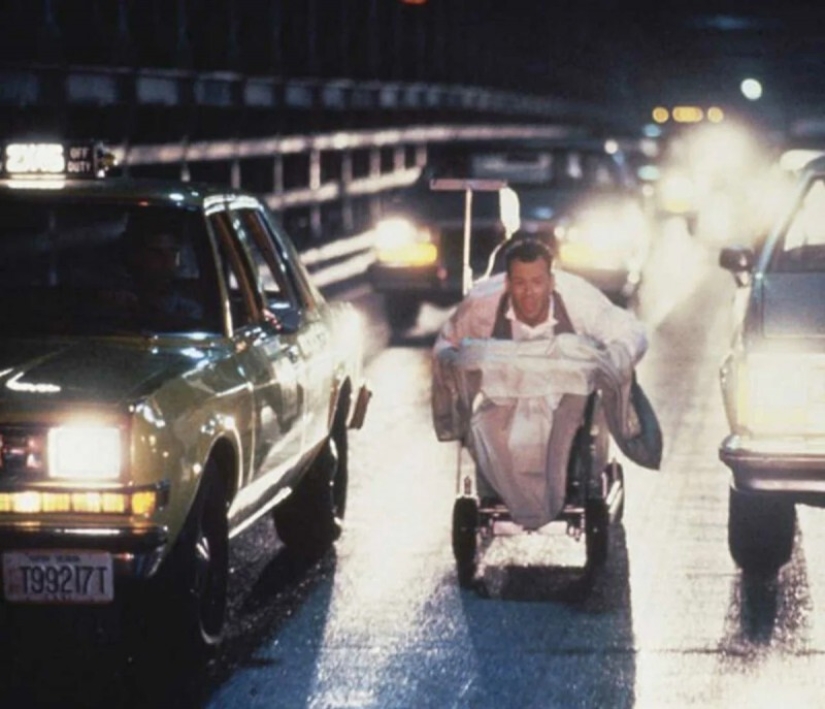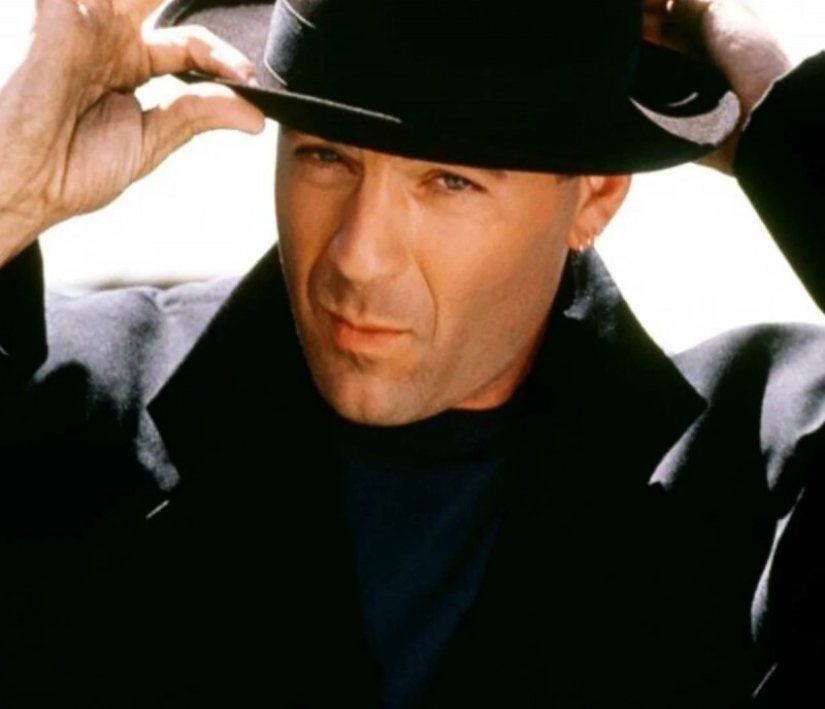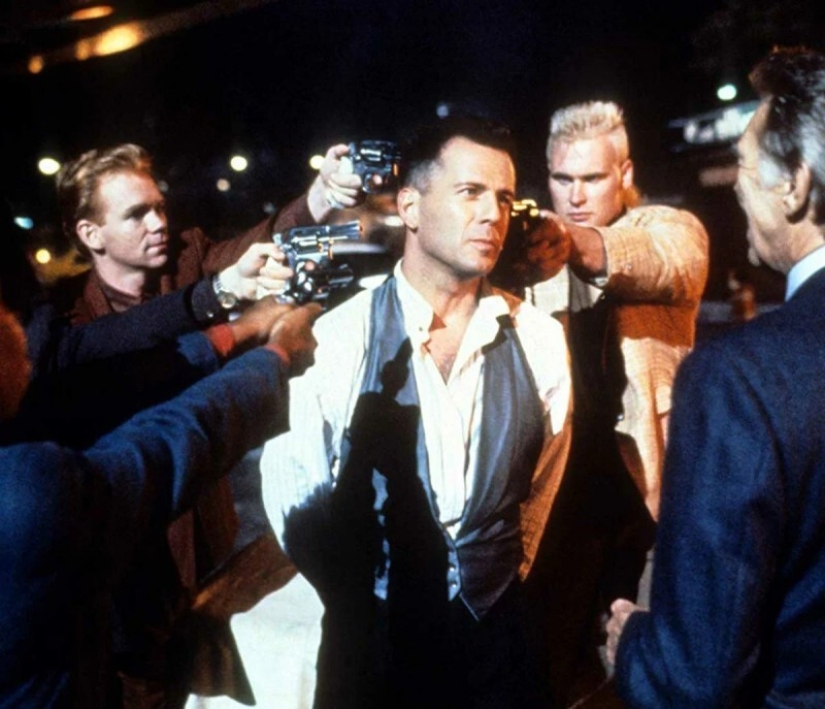Where did TriStar Film Company go?
Categories: Cinema | History | World
By Pictolic https://pictolic.com/article/where-did-tristar-film-company-go.htmlWe all remember the TriStar film studio, which shone in the 80s and gave movie lovers many excellent films. Among the undisputed hits filmed at this studio are "The Running Man" and "Total Recall" with Arnold Schwarzenegger, "Basic Instinct", "Jerry Maguire", "Cliffhanger" and "Shut In" with Stallone, "Short Circuit", "Blind Date" and a couple of hundred other less "loud" films.

They had a very beautiful opening title — a pegasus running towards the viewer (for those who don’t know — a horse with wings, a symbol of inspiration). And then somewhere in the 2000s, the studio disappeared. The winged horse no longer appeared on videotapes, and later, it was also not on discs. It seems that the film company mysteriously disappeared from the Hollywood sky. TriStar actually disappeared — it ceased to exist in 1991, when it was bought by Columbia Pictures and Sony Pictures Entertainment due to TriStar’s bankruptcy. And the most chic thing is that Bruce Willis brought it to such a deplorable state, starring in the film that put an end to the studio’s fate. This film turned out to be “Hudson Hawk”.

The studio had high hopes for the film: its situation had been poor lately, and by betting on a star named Bruce, TriStar hoped to improve its financial situation and simply stay afloat. Scratching its head and sighing, the studio allocated its last 51 million dollars for filming. Filming took place in the United States, Italy, England and Hungary in the summer of 1990. The script was written by Daniel Waters and Robert Kraft. Bruce Willis, who had been friends with actor Danny Aiello for many years, had long been planning to star in the same film with him.
So when he was given the script to read, he had no doubts about the candidate for the second leading role - only Aiello. And everything would have been fine, but the creative mind that had been sleeping until then suddenly awoke in Willis and he began to actively interfere in the production process, canceling some scenes and inserting others into the plot that he had personally come up with. Ultimately, he changed so much in the script that he was included in the credits not only as the leading actor, but also as the screenwriter.

The result was a mix of action and adventure comedy with a fair share of vulgarity, blasphemy and cheeky humor. What happened next shocked everyone: the film was a box office failure. With a budget of $65 million, which was not bad for such a frivolous comedy, the box office receipts barely crept over the $17 million mark and stopped there. It was a complete failure, making the further existence of the TriStar studio impossible.
Nobody expected this, including Willis himself. He put all the blame on the inexperienced director Michael Lemman. Lemman justified himself as best he could and claimed that it was simply impossible to work with Willis - he was constantly arguing on the set, demanding that everyone shoot the way he saw it. Critics blamed the failure on producer Joel Silver, who hired a too-young, no-name director for the filming, saying that if some old-timer like Zemeckis or Lucas or Cameron had been in his place, Bruce would have been put in his place.

One way or another, this film became the first failure in Willis's career, and quite a resounding one at that. He won 6 Golden Raspberries, albeit in the form of nominations, and a unanimous "Ugh" from viewers and critics, and TriStar went under the hammer. Several attempts were made to revive the studio, including rebranding, but since 2015, TriStar has finally ceased to exist and now all rights to its products belong to Sony Pictures Television. One good thing about all this: after this failure, Bruce Willis never tried to become a screenwriter again.
Recent articles

The scooter, once considered nothing more than a child's toy, has become a full-fledged personal transport these days. Our streets ...

Australian boxer Ebanie Bridges is the IBF Lightweight World Champion. But she excelled not only in the ring. This woman is ...

Crowns are not just decorations, but symbols of power, authority and cultural heritage. They shine not only with jewelry, but also ...